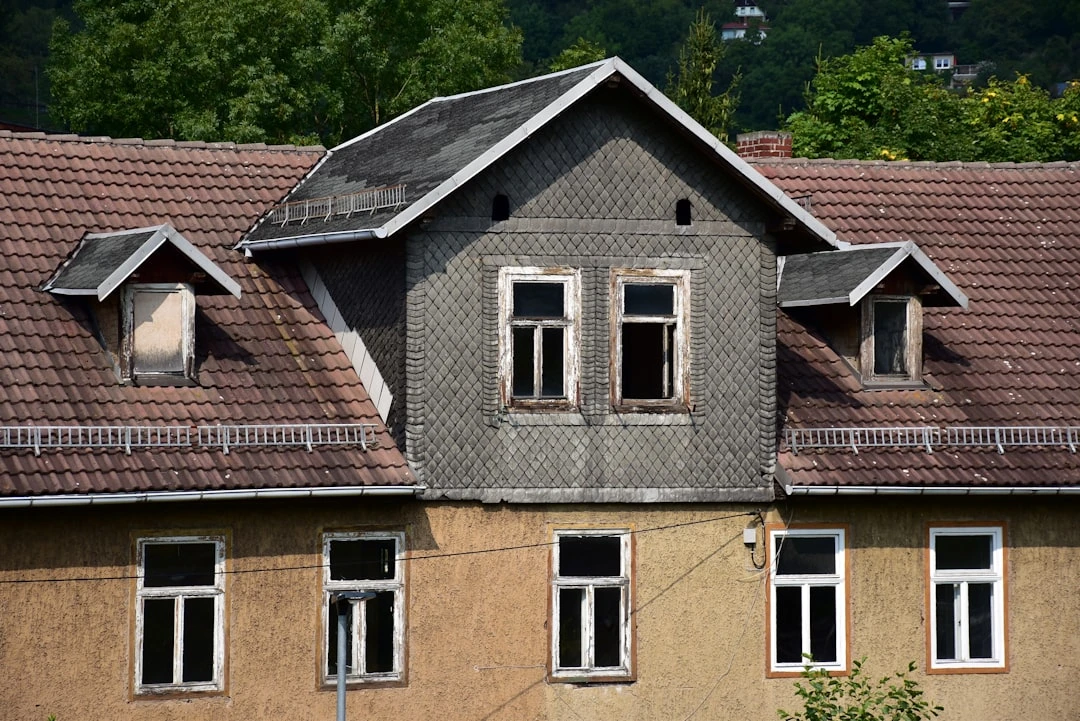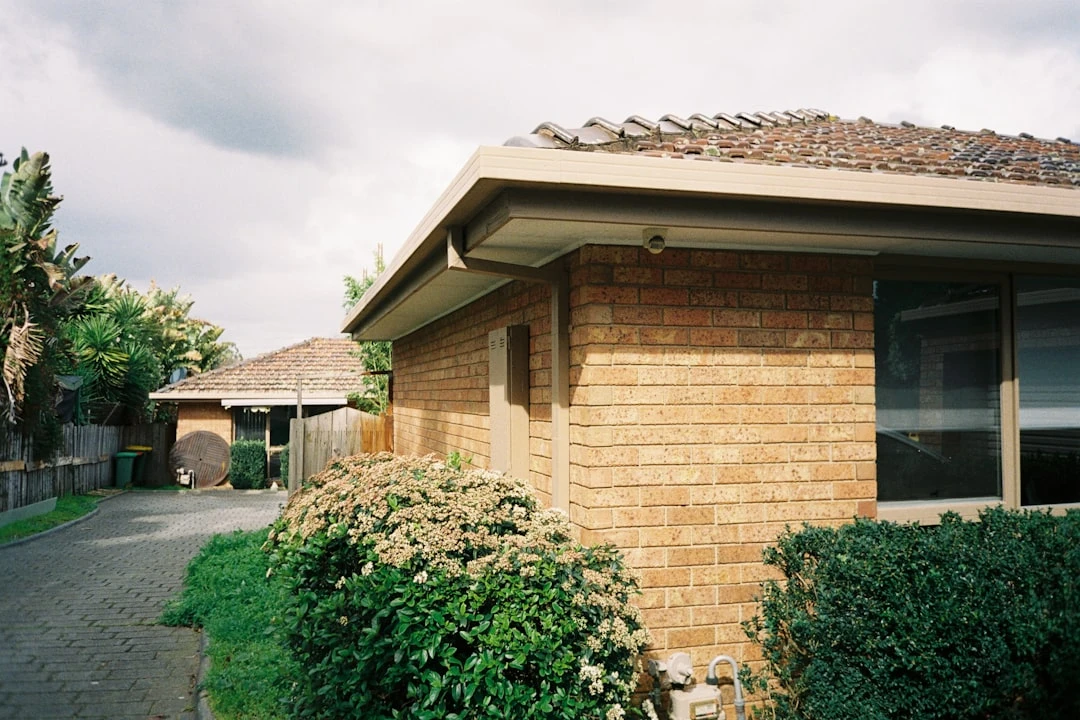Hidden Defects in Real Estate: Useful Knowledge for Buyers and Sellers

Buying a home is one of the biggest investments we make in our lives. But what should you do if problems appear in your dream home after the purchase, problems you didn't know about before? Hidden defects can quickly turn your home idyll into a serious headache. Let's look more closely at how to detect these problems and how to avoid them – from both the buyer's and seller's perspectives.
What are hidden defects in real estate?
Hidden defects are real estate defects that the buyer did not know about and should not have known about, and which were not visible during a normal inspection. Legally, these are defects that existed at the time the contract was concluded, but which the seller did not disclose and which the buyer could not have discovered themselves.
In simpler terms – if you buy an apartment and discover a serious water leak a month later, which was not visible but which already existed before the purchase, that is a hidden defect.
A hidden defect must meet the following criteria:
It is not visually detectable during a normal inspection
It affects the usability or value of the property
It existed at the time the purchase and sale transaction was concluded
The buyer was not informed about it
Most common hidden defects in Estonian real estate
Structural and construction problems
Foundation damage: cracks, subsidence, moisture problems
Roof defects: leaks, insufficient insulation, structural weaknesses
Load-bearing structure problems: occurrence of cracks or deformations
For example, there was a case where a buyer discovered only after buying an old house that the building's foundation had partially subsided, causing structural problems that were not possible to notice on a superficial inspection. The repair work cost approximately 15,000 euros, which had not been budgeted for when making the purchase decision.

Moisture and mold problems
Moisture damage is one of the most common hidden defects, which can cause serious health problems. These often occur:
In bathrooms and kitchens (due to old pipes or insufficient ventilation)
In walls and ceilings (due to rainwater seepage or condensation)
In basements and foundations (due to groundwater or drainage problems)
One typical case: a family bought a renovated apartment where everything seemed fine at first glance. After a few months, a moisture stain began to appear on the bedroom wall, which gradually grew larger. It turned out that the seller had hidden a long-term moisture problem simply with new wallpaper and paint, but the real problem was hidden in the cracked outer wall of the building's facade.
Electrical systems and utilities problems
Outdated or dangerous electrical systems that do not meet modern standards
Hidden wiring problems
Water and sewage pipe defects behind walls or under floors
How to detect hidden defects?
Before purchasing real estate
Bring in a qualified specialist Before making the purchase, it's always worth bringing in a construction expert who can spot specific problems that an ordinary person might not notice. Experts use various techniques, such as tapping on walls to check their density or special moisture meters that detect hidden moisture.
Pay attention to the following "red flags":
Unusual smells (mustiness, moisture, mold)
Freshly painted areas or recently renovated sections (may hide problems)
Cracks in walls or floors
Moisture stains on ceilings or walls
Uneven floors or door frames, which may indicate building subsidence
Check documentation Research the property's history, building permits and documentation. [In the Kinnisvara24 blog](https://kinnisvara24.ee/blogi/kuidas-kodu-ostes-margata-varjatud-puudusi) there are comprehensive instructions on which documents may indicate hidden problems. It is important to verify that all major renovations have been carried out in accordance with the appropriate permits and that the building inspection has approved them.
Technical inspections and tests
Moisture tests - special equipment for detecting moisture in walls and floors. These meters can detect moisture even in deeper structures, not just on the surface.
Thermal imaging camera - shows heat leak locations and moisture that the eye cannot see. This technology also allows for detecting pipe leaks hidden in walls or insulation problems.
Structural expertise - especially necessary for older buildings. During this, the condition and durability of the building's structural elements are assessed.
A good example: one family used a thermal imaging camera before buying an old house, which detected significant heat leaks in the roof structure that would not have been noticed during a normal inspection. This allowed them to negotiate a lower price in light of the required repair costs.

The impact of hidden defects on real estate value and safety
Hidden defects can significantly affect both the market value of the property and the safety of the residents:
Value depreciation - some defects can reduce property value by 10-30%. For example, extensive mold problems can significantly reduce an apartment's value.
Repair costs - fixing structural problems can be very expensive. Foundation repair, for example, can cost 10,000 – 30,000 euros.
Health risks - mold and moisture problems can cause allergies and respiratory diseases. People living in moldy rooms for extended periods may experience chronic health problems.
Safety risks - electrical problems can cause fire hazards. Outdated wiring that does not meet modern safety standards is one of the main causes of home accidents.
Legal regulation and parties' rights
In Estonia, the issue of hidden defects is regulated by the Law of Obligations. The seller is obligated to inform the buyer of all known defects. If the seller deliberately conceals defects, this can have legal consequences.
The seller's liability period is:
For consumers: 2 years from the date of handing over the property
For non-consumers: 3 years (up to 5 years for new buildings)
It is important to know that limitation of seller liability agreements are permitted in contracts, but they do not apply if the seller has deliberately concealed defects. Therefore, if the seller knows about a roof leak, for example, but does not mention it to the buyer and adds a clause to the contract that he is not liable for hidden defects, this still does not free him from liability.
Practical steps when discovering hidden defects
As a buyer
Document all discovered defects immediately (photos, videos, expert assessments)
Notify the seller in writing immediately after discovering the defects. The date of problem identification is important in case of later disputes.
Consult with a lawyer regarding possible claims. The legislation can be complicated and professional advice will help you better protect your rights.
Consider various solutions:
Price reduction (if the defect reduces the value of the property)
Reimbursement of repair costs (based on documented costs)
Termination of contract (in severe cases, if the defect significantly affects the use of the property)
For example: one buyer discovered a serious mold problem in the bathroom after buying an apartment. He documented the situation with photos, ordered an expert assessment and submitted a claim to the seller for compensation for damages. As a result of negotiations, the seller agreed to cover 70% of the repair costs.
As a seller
Conduct a thorough inspection of the property before selling with the help of experts. This way you can find out about all potential problems and either fix them or honestly disclose them to the buyer.
Document and disclose all known defects in the sales documents. This protects you from future claims.
Consider doing repairs before selling to avoid later claims. Sometimes it's cheaper to solve the problem immediately than to pay compensation later.
Offer a realistic price that takes into account known defects. A fair price that reflects the actual condition of the property helps avoid later disputes.
Summary: prevention is the best protection
The best way to avoid problems related to hidden defects is thorough groundwork and precautionary measures:
Always bring in a specialist for property inspection
Carefully check all documents
Pay attention even to small suspicions
Prepare a detailed purchase and sale agreement that addresses the issue of hidden defects
Understand your rights and obligations as both buyer and seller
Hidden defects can turn a dream home into a source of problems, but awareness and the right steps help mitigate these risks. Here's to successful and safe transactions!
Search
Keywords
Most read articles
- Price per Square Meter of Apartments in Tallinn in 2025

- Estonian Apartment Prices and Market Expectations in 2025

- The Apartment Market in Estonia's Largest Cities in 2025

- Notary Fee and State Fee – Who Pays and How Much?

- Five-year transition period ended: nearly zero-energy building requirements extended to new small residential buildings
